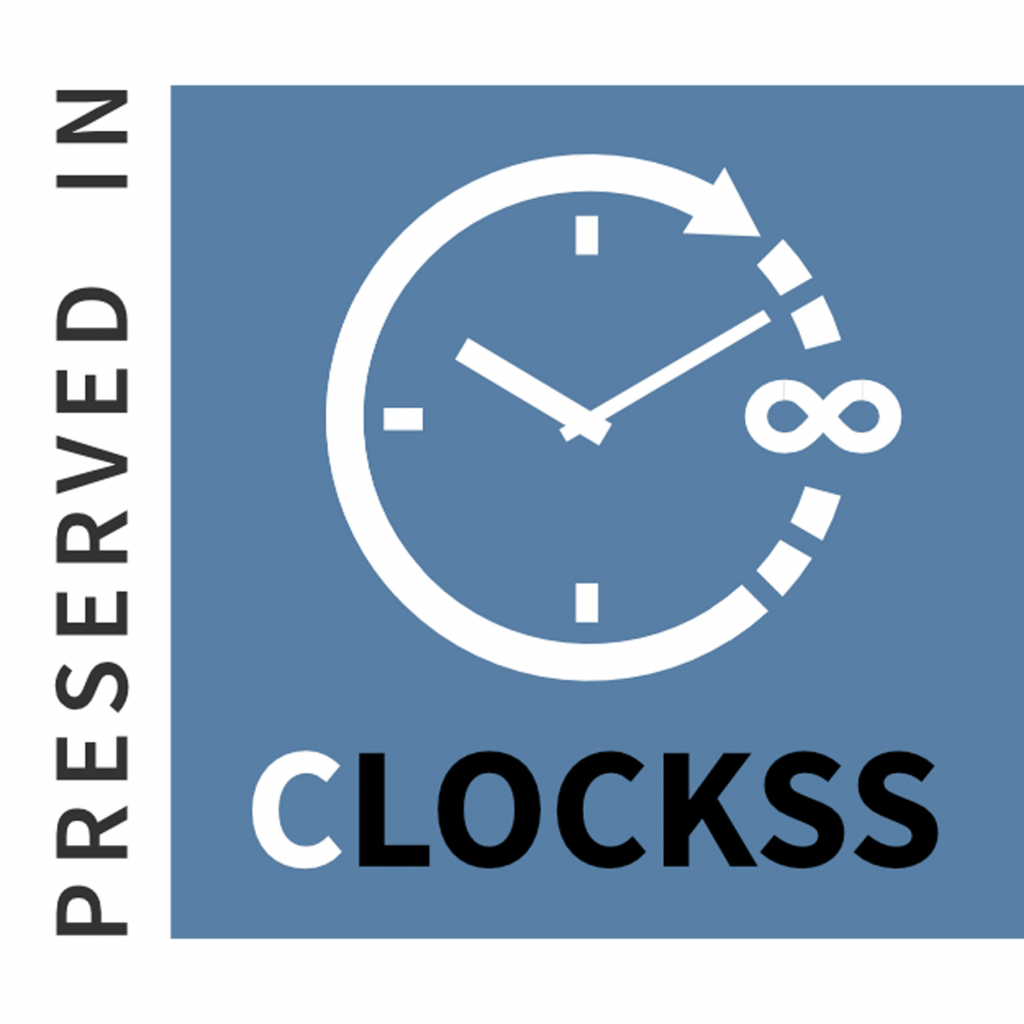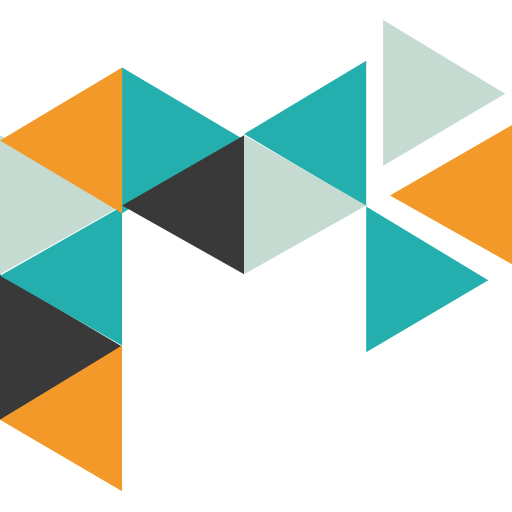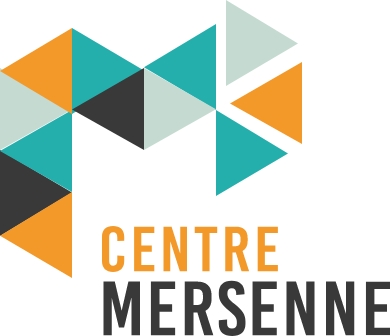It may be tempting for an editorial office to publish its journal on a research centre’s website, for example, or to create a page dedicated to its journal. It is indeed quite simple to create a web page and provide a list of published articles for each of the journal’s issue.
Then why choose to publish on a platform like the Centre Mersenne?
Durability
On publishing platforms, the durability of research papers is ensured. Indeed, as Paul-Henri Giraud points out in his article Comment commencer, poursuivre et pérenniser une revue en ligne? : «texts are converted into XML, which allows for long-term preservation regardless of future shifts in digital paradigms ».
In addition, tools such as LOCKSS (Lots of Copies Keep Stuff Safe) can be used to ensure that data is permanently stored on multiple sites. This shared storage operates by harvesting content from partner publishers.
The Centre Mersenne uses the long-term archiving solution CLOCKSS (Controlled-LOCKSS) for storage of its journals. Therefore, in the event of a publisher’s bankruptcy, withdrawal of a document’s online databases, deletion of related archives or disappearance of the Centre Mersenne, CLOCKSS guarantees that all documents will remain freely accessible.
And finally, these platforms can also make automatic deposits to archives or digital libraries. In this manner, the Centre Mersenne uploads all the content of mathematical journals in Numdam, the French digital library of mathematics.

Dissemination

Scientific journals are mainly intended for researchers, a demanding audience as readers but also as authors. Publishing on a platform can optimise a journal’s diffusion. In fact, not only does the journal become easily recongnisable as a “scientific journal”, but it also benefits from other journals’ visibility. After all, have we not all clicked on a nearby journal on a platform?
Predatory publishers are a growing threat, so institutional platforms are a solution which guarantees acknowledgement and also ensures the academic quality of its journals.
Editing work
Publishing a journal online is not just about creating a web page with a list of links to the journal’s issues. A genuine editing effort is required to provide users with clear, sustainable and interoperable access to articles.
Platforms can support several formats: HTML, PDF, ePub, txt… By offering XML for structuring articles, platforms make it easy to create different formats for diffusion, all of which are homogeneous and accessible on various digital media. In addition, XML structuring renders the data interoperable, and hence ensures the data’s durability.
Yet editing work is not limited to the XML structuring of documents. Publishing on a platform also gives access to related services: hosting, editing tools, maintenance, DOI attribution… The types of services are differentiated: specific publication services, support for the editorial process, plagiarism detection, editorial office, page layout, referencing…
Publication
On a platform, the journal benefits from dedicated publication services. For instance, platforms can create and host a customised website for each journal. The platform’s teams can provide service for designing the graphic charter. They can also manage DOI attributions.
designing the graphic charter. They can also manage DOI attributions. The following are examples of services in publication provided by the Centre Mersenne:
- Online services
- Creation and hosting of customised websites
- Personalised LaTeX template design
- DOI attributions
- Data interoperability
- Inserting links
- Support for indexing
- Long-term Preservation
N.B.: the cost of a DOI for a single journal is prohibitive: the annual subscription to Crossref costs $275, to which must be added the cost of each DOI, $1. This is why platforms have been developed to host journals and offer shared services that allow, for example, the cost of single DOIs to be reduced.
Publishing
Using a platform gives access to editorial management tools, such as Lodel on Open Edition or OJS at the Centre Mersenne. These tools are content managers dedicated to scientific publishing. The OJS software also manages the overall peer review process.
Such platforms also provide assistance for page layouts and data structuring. The Centre Mersenne, for example, ensures standardisation of articles, which includes “a layout according to the journal’s customised LaTeX template”.

Referencing
Platforms can also provide services dedicated to referencing. For example, journals from Prairial are referenced in 7 different databases. Journals in Open Edition are harvested and referenced within specific tools used by libraries, such as EBSCO.
Editorial office
An editorial secretarial service can be provided by certain platforms, as is the case at the Centre Mersenne, for managing of the publication review process, coordinating the editorial team, etc. Others may offer training or support to editorial offices.
Other services
Some platforms may also offer various services such as plagiarism detection, consultation of statistics, tools training, etc.


